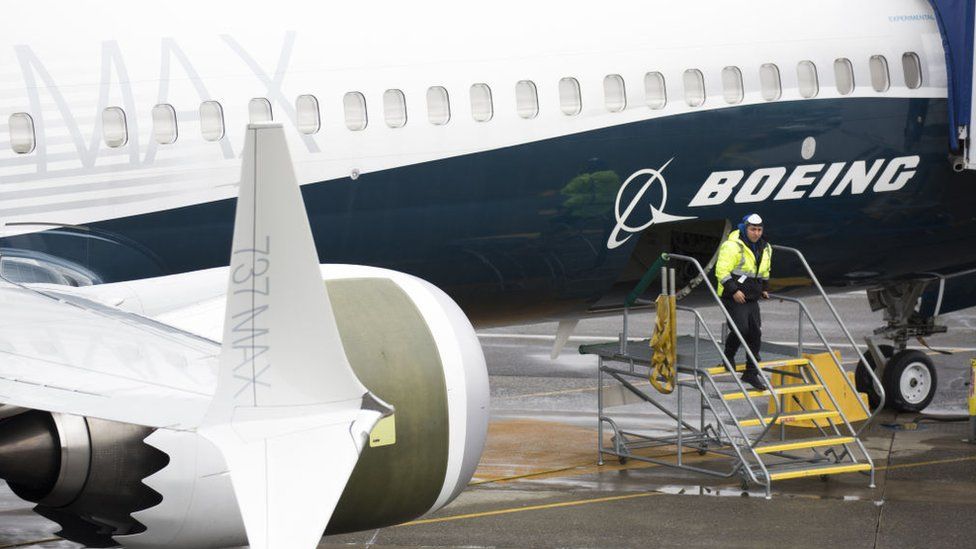Boeing’s 737 Max 10 took flight for the first time from the grounds of the company’s narrowbody assembly plant in Renton, Washington, Friday, marking the start of a roughly two-year certification program and ending a four-year interval from the time of the variant’s launch at the 2017 Paris Air Show. Piloted by Boeing 737 chief test pilot Jennifer Henderson and co-pilot Jim Webb, the first Max 10 flew for two hours and 37 minutes before landing at Boeing Field in Seattle at 12:38 pm local time.

The largest and last of four Max variants to take to the air, the Max 10 incorporates a pair of fuselage plugs to extend the Max 9’s length by 66 inches. Other changes include minor wing changes to accommodate the airplane’s levered, 777-style main landing gear and a four-inch wider mid-exit door to allow for the extra 12 passengers, bringing maximum capacity to 230.
When Boeing officially launched the 737 Max 10 during the first day of the Paris show, its direct competitor—the Airbus A321neo—had just a month earlier entered service with its first operator following a period of considerable sales momentum. At the time, Boeing billed the Max 10 as a lighter, more fuel-efficient answer to the Airbus product, whose larger engines produced 25 percent more thrust than its U.S. rival’s offering while allowing for eventual variants—namely the A321LR and A321XLR—to provide true transatlantic range.

However, Boeing said its prospective airline customers preferred the lighter, shorter-range alternative, and the company seemed to validate that claim by collecting orders, commitments, and conversions from smaller Max types for 361 examples from 16 customers during the show.
Since then Boeing has collected just a handful of new orders for the Max 10 and the company has declined to quote firm sales figures for individual variants, citing the possibility that many customers carry rights to convert orders from one to the other.
At the time of the launch, however, the company estimated that between 60 and 65 percent of orders would go to the baseline Max 8; 20 to 25 percent to the Max 9 and 10; and roughly 10 percent to the Max 7. The Max backlog now stands at 3,291 units and deliveries at 486, according to Boeing’s orders and deliveries website.Top of Form
Conversely, Airbus has seen its order total for the A321neo, A321LR and the 4,700-nm-range A321XLR grow to account for more than half of its total A320neo family backlog of 5,618 at the end of May, when total neo deliveries stood at 1,782. The A321XLR, the first of which Airbus plans to deliver in early 2024, has drawn firm orders for 426 copies from 22 customers.
Boeing expects to deliver the first Max 10 in 2023, some three years later than originally anticipated. [AINONLINE]


















